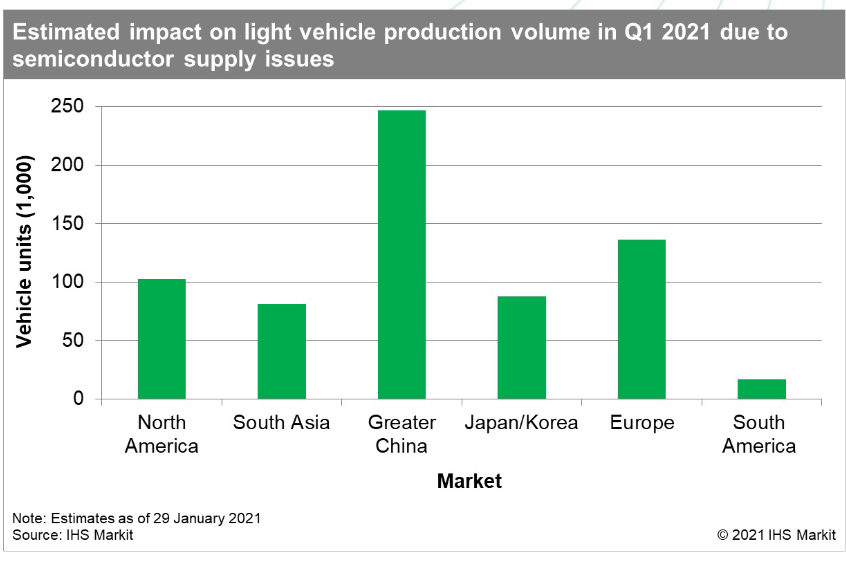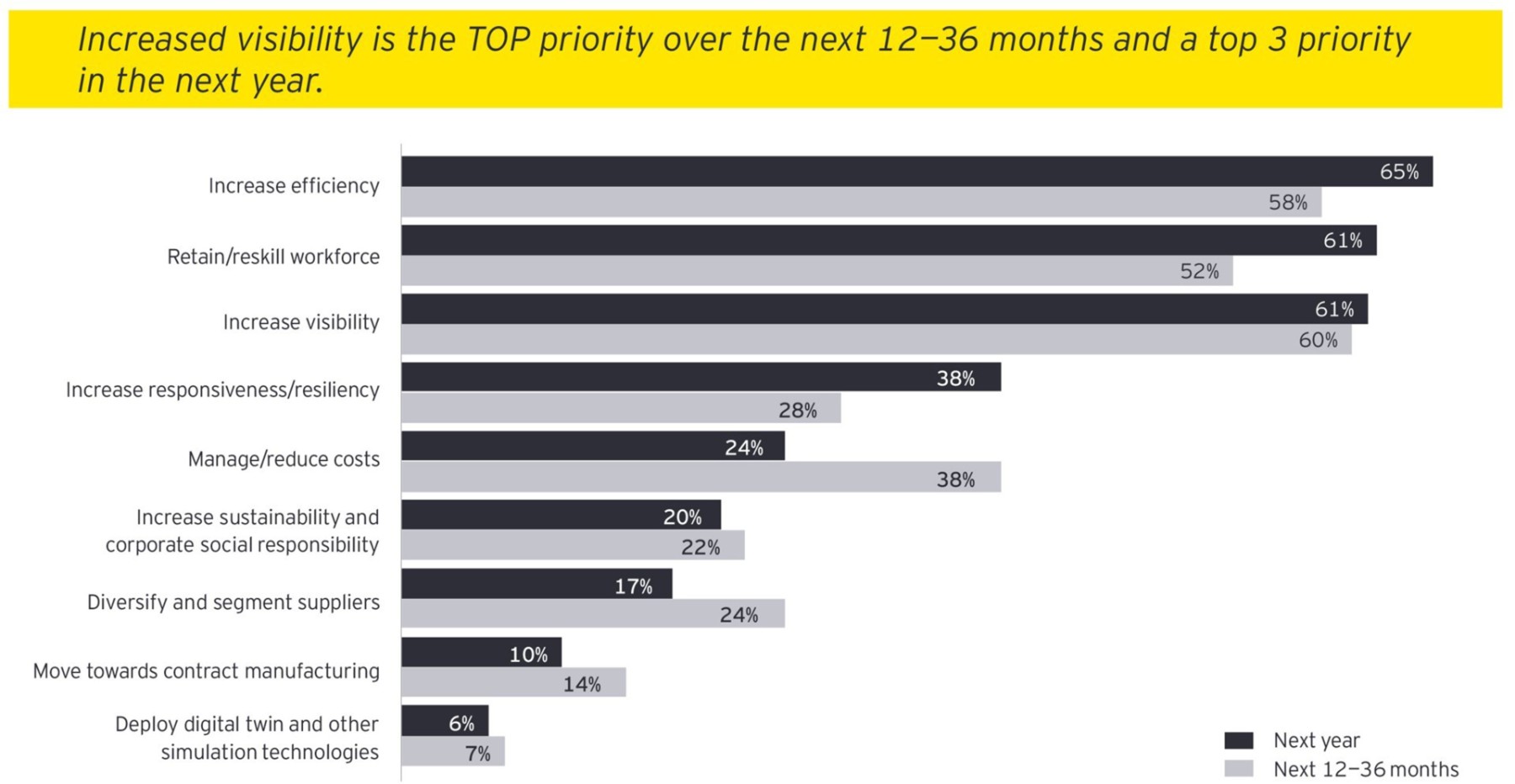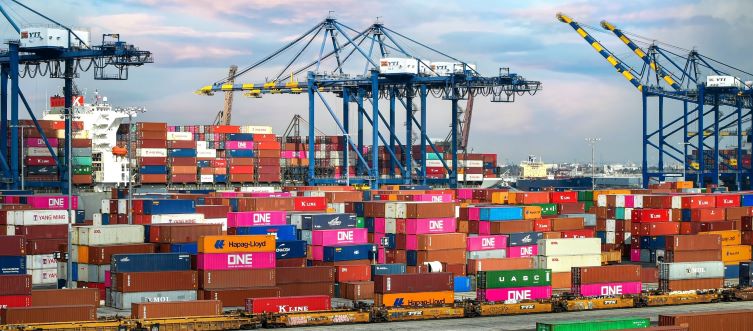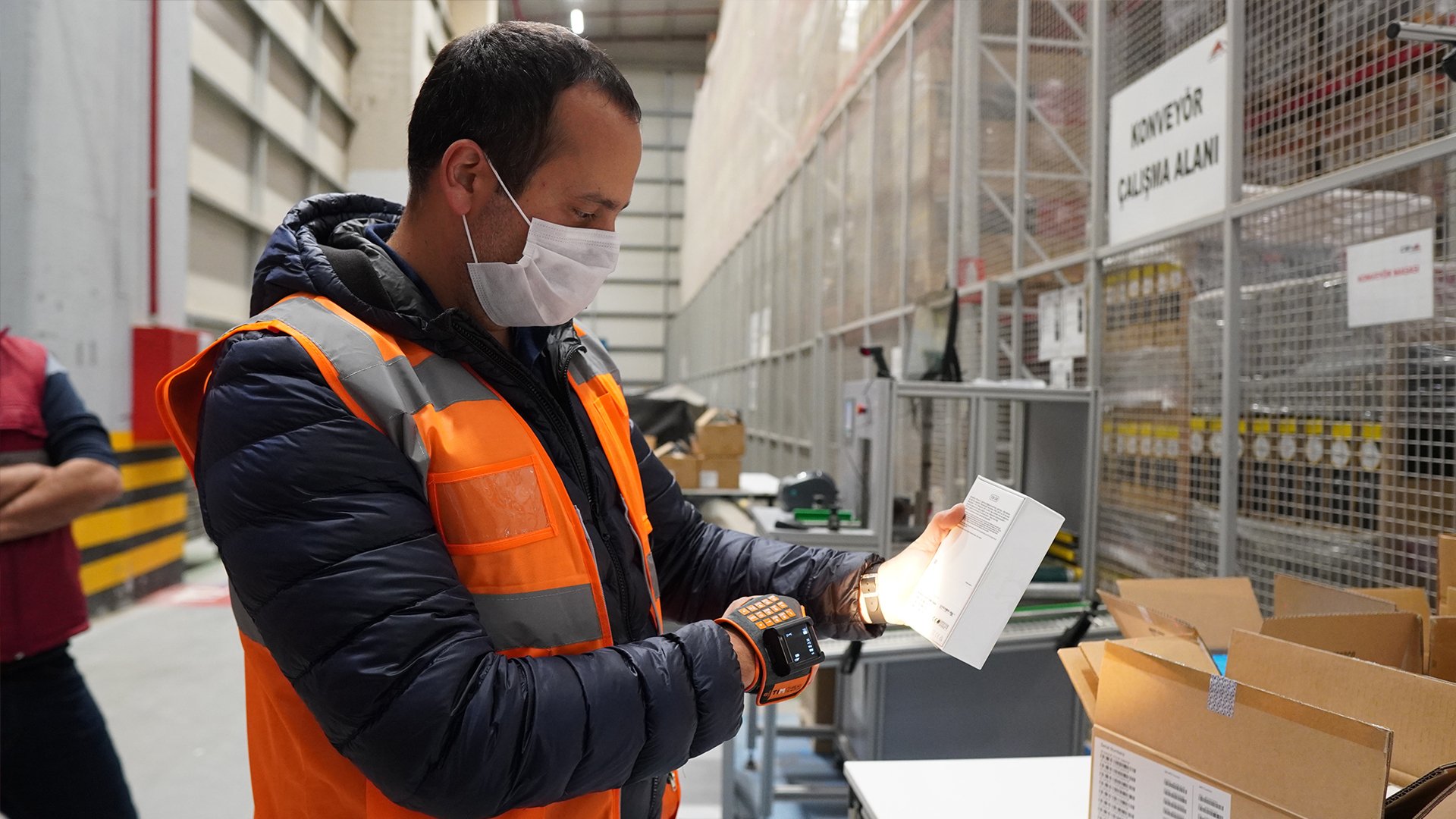1 min read
Artificial Intelligence & Robotics in Factories | What Should You Focus?
The concept of Industry 4.0, also called the 4th Industrial Revolution, expresses a new level reached thanks to the speed, efficiency, cost and...
4 min read
Işık Handan : Dec 20, 2021 4:32:12 PM
The global supply chain crisis hit countless companies' finances and reshaped the way they do business. Lots of businesses across industries were forced to reassess their supply chain strategy. Some took action to find local suppliers, others changed their product strategy. A lot of companies resorted to price increases or stockpiling, eventually alienating their customers.
That's why nearly all—97%—automotive and industrial products companies in an EY study stated that the pandemic had a negative impact on their business.
But why did such large brands and even governments were desperate in face of the pandemic? How did companies respond then, and what needs to be done today?
We'll dive into all that, but let's get a closer look at supply chain management.
As a general definition, supply chain is a set of activities that extends from ordering and obtaining raw materials to the production of products and their distribution and delivery to the customer.
In this chain, raw materials are sourced from vendors, converted into finished products in a few steps, then transported to distribution centers and finally to customers. Real supply chains contain many finished products with common components, means of production, and capacities.
In other words, it's a network of vehicles and distribution options that perform the functions of providing materials, converting these materials into intermediate and finished products, and distributing finished products to customers.
It's found in both service and manufacturing businesses, although its complexity varies by industry or business. In short, the supply chain is responsible for ensuring that the right materials, services, and technology are purchased from the right source, at the right time, and of the appropriate quality in a business.
The supply chain begins with the purchase and acquisition of the goods to be sold. It then turns to inventory management and warehouse management to support sales. It ends with the delivery of the products to the customers.
Four basic elements within the scope of supply chain management;
1- Products in the right quantities,
2- In the right place,
3- At the right time,
4- To have it available at the least cost.
The supply chain of products or services in international businesses can be very complex. More than one supplier and more than one buyer are mentioned. We can talk about three types of flows in the supply chain. Coordination of these flows is important for the efficiency of the supply chain. In addition, these flows are intertwined with many functions within and between businesses.
The material flow consists of the physical product flow from the suppliers to the customers and the reverse flow together with return, service, recycling and disposal. Here, spare parts, raw materials and intermediate products come from suppliers. These are important so that the production line does not stop.

Source: IHS Markit
The information flow includes order notification and shipment status information. When the information flow is well managed, the feedback reaches all relevant links of the supply chain.
Financial flows include credit information, payment schedules, consignment and patent rights arrangements. It regulates the flow of money in the supply chain.
Supply chain risks are generally considered internal and external supply chain risks.
Internal supply risks are considered as transportation inadequacy, machine failures, technological change, supplier errors, information technology failures, supplier problems, change in customer demand, and increase in raw material prices.
External supply chain risks are handled as accidents such as fire, strikes, war, natural disasters, import restriction, oil crisis, terrorist attacks and increased customs duty.
Khan and Burnes divided these problems into many parts in their study in 2007.
Supply Risks: It arises during the transportation of materials from suppliers to the company and includes issues such as reliability of suppliers, single versus multiple sourcing, and centralized-decentralized sourcing.
Operational Risks: Risks that affect the firm's internal ability to produce goods and services, and ultimately its profitability. It may result from a failure in manufacturing or processing capacity and/or changes in technology.
Demand Risks: These are the risks that arise during the movement of goods from the firm to the customers. These risks include the risks of obsolescence, out-of-stock or overstock. Problems with the distribution of products can be uncertainties in demand forecasts, which can result in high inventories or inefficient capacity utilization. In addition, demand risks may be caused by sociopolitical, economic, technological or geographical reasons.
Technological Risk: It may result from over-reliance on a single or limited product, process or technology resource.
Although these problems are still valid today, there is now a much more effective factor in our lives: A Global Pandemic!
As in every sector, the Covid-19 virus has also affected and changed the Global Supply Chain processes.
While companies already had concerns about the supply chain before COVID-19, these concerns were faced with additional challenges with the global epidemic.
A lot of problems brought about by the pandemic left companies' strategies in vain, such as disrupted shipping lanes, labor and material shortages and fluctuating demand.
And with the outbreak of the pandemic, the stocks have come to the point of depletion as a result of the sudden increase in demand for durable goods such as toilet paper or pet food. Businesses had no time to rethink their inventory management and pricing strategies.
Businesses have not had a chance to prepare for such a disaster, as diseases such as COVID-19, which affect the whole world, develop suddenly and affect the normal life order very quickly. This showed once again that businesses should always be prepared for the worst-case scenario.
The concept of the dark factory, which has just entered our lives with Industry 4.0, that is, factories where only machines work, has become more widespread with the dismissed personnel in order to prevent the epidemic from spreading further.
In some sectors where the halt of production can cause serious problems like the medicine AI and ML enabled technologies can be the most effective solution. As the human factor decreases in mechanized factories, the error rate will also decrease, so there is an increase in quality and efficiency.
Wearable technology products, like smart/dark factories, are one of the innovations that IoT technology has brought to our lives. And they have been the perfect solution to grant 100% traceability in operations and increased visibility across the supply chain. That's why many businesses are investing in IoT enabled wearable technologies that'll help them make effective decisions in crisis environment.

Source: EY Global Supply Chain Survey
In order for businesses to be ready for the worst-case scenario and actually move the business to a better point in normal times, and to remain resilient in a competitive environment, they need to be even more intertwined with the concept of a “sustainable” supply chain. Thus, the supply chain gains transparency. Thanks to the "localization - agility - digitalization" movement and the use of blockchain, it is possible to develop a potential solution in economic terms.
With the blockchain, all steps from the supplier's supplier to the customer's customer are kept in digital environment, accurate and reliable information can be accessed more easily, and the flexibility needed in times of crisis is achieved. Sustainable supply chain and flexibility parameters can be included in lean supply chain practices.
While returning to normal after the epidemic, these findings should not be ignored.

1 min read
The concept of Industry 4.0, also called the 4th Industrial Revolution, expresses a new level reached thanks to the speed, efficiency, cost and...

Logistics and distribution is a complex and sophisticated method today, as it started in a simpler form in the ancient times and is still being used...

Barcode scanning systems are not new to the world. But new technologies add up to their value to supply chain management. Using the right barcode...